A peek inside the By Names List, where N.B.'s most vulnerable are matched with housing
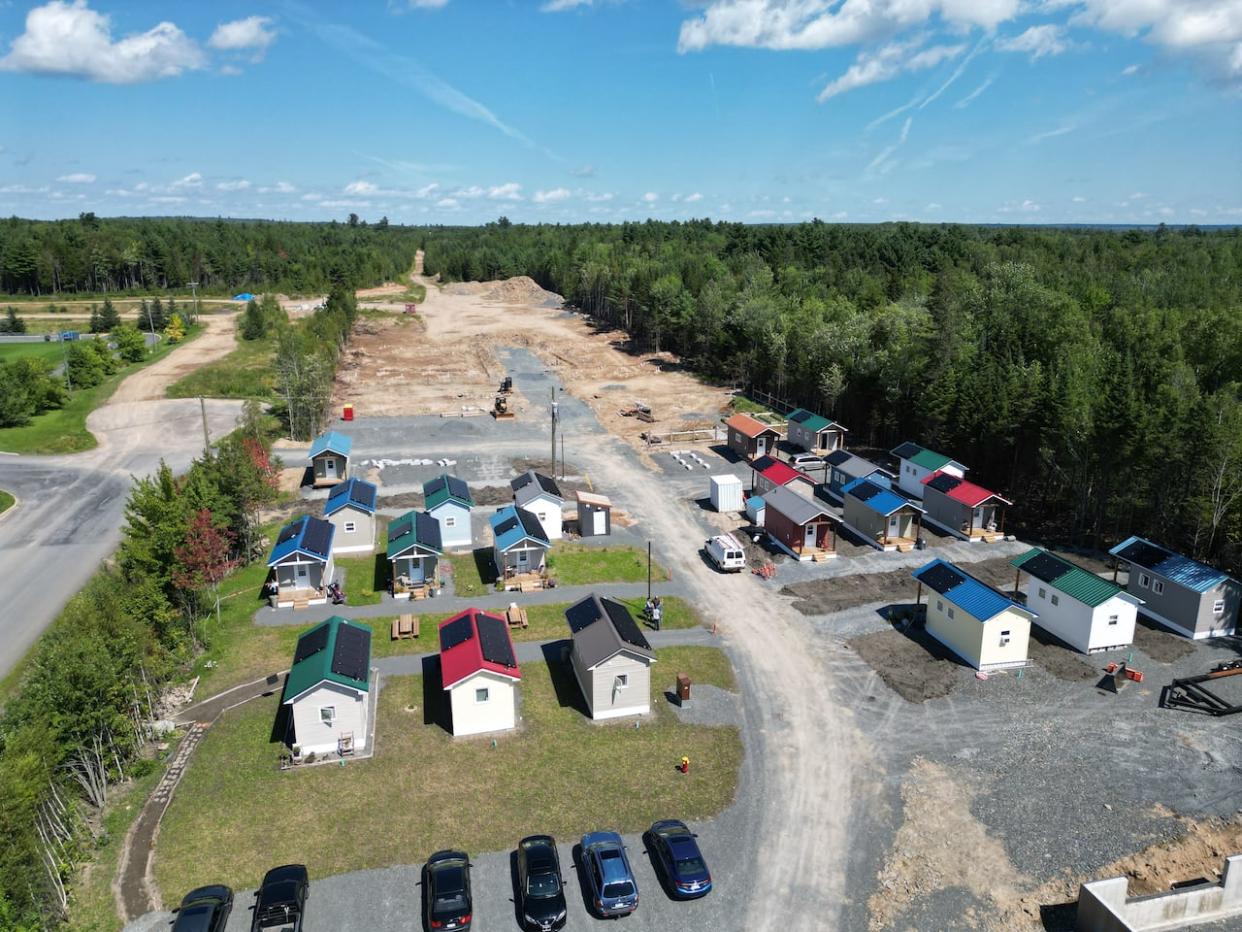
Warren Maddox remembers it clearly.
It was a sunny September day in 2015. The leaves had just started changing colour. The executive director of the Fredericton Homeless Shelters knew that in just a few months, there would be snow on the ground — and people living rough would need shelter.
Maddox and four others — representatives of the John Howard Society, the province and city police — decided to meet that day over coffee to hammer out a plan.
Maddox invokes some fake names as he recalls the meeting years later:
"Billy Bob, he doesn't have a place. John, he's not going to come in no matter what. Wendy, she's going to couch surf."
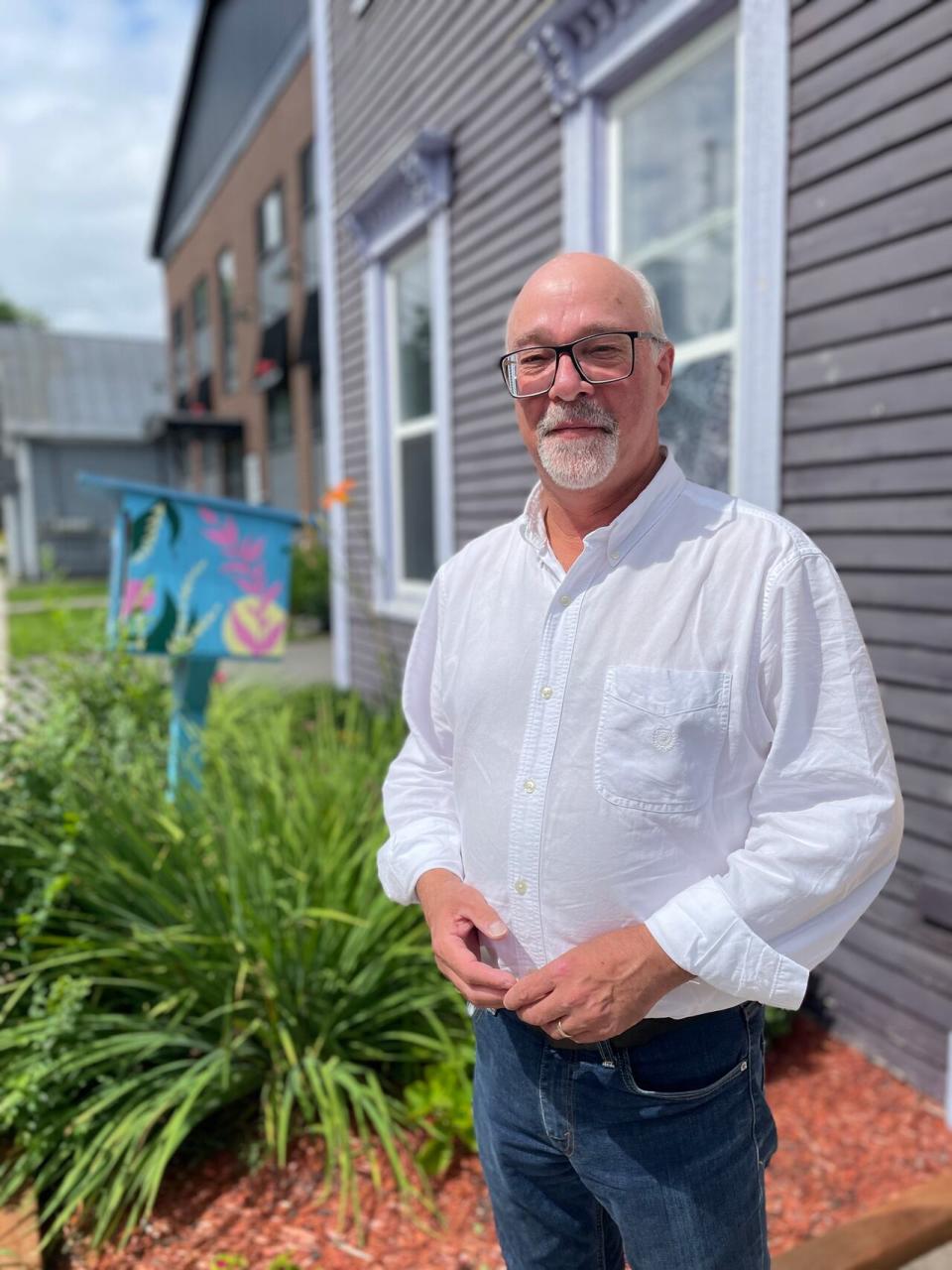
Warren Maddox, executive director of the Fredericton Homeless Shelters, says the City of Fredericton could do more to remove red tape, like waiving development fees and property taxes for non-profits operating affordable housing. (Jeanne Armstrong/CBC)
Back then, he said, he knew virtually every homeless person in Fredericton. After all, there were only about 15.
During that 2015 meeting, the group of five discussed available housing units, shelter spaces and an overall strategy to address homelessness in Fredericton.
Eight years later, the number of homeless people has risen to at least 200.
That growth, coupled with the lack of affordable housing, eventually prompted front-line workers to launch the By Names List.
What is the list?
The By Names List is a process where people who experience chronic homelessness are matched with available housing.
Fredericton, Saint John and Moncton all launched lists in the fall of 2020, with help from the Saint John Human Development Council.
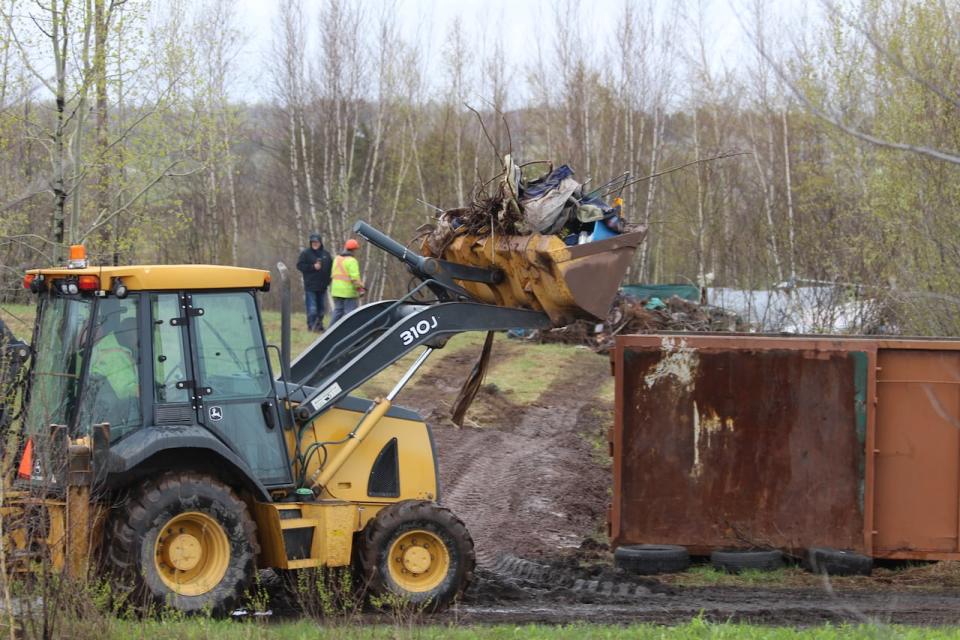
Over the years, tent cities have been removed from different regions of the province. Seen here, heavy equipment was used to remove a homeless tent camp along West Main Street in Moncton in 2019. (Shane Magee/CBC)
A By Names List is not a complete picture of homelessness in a community. People have to consent to being on the list, and some people living rough may not have come into contact with front-line agencies.
The list is an Excel spreadsheet, chock full of data. It records how acute each person's struggles are.
For example, the list will show how long a person has been homeless, if they're staying in shelters, a tent, or on friends' couches, if they are older than 65, and if they suffer from addiction.
This idea that one person is more deserving of housing than the other, just because of this, that and the other thing … it's ludicrous to me.
— Willa Matthews, River Stone Recovery Centre
The list also notes whether the person is "housing ready." Do they have all their appropriate identification cards? Do they have outstanding arrears with N.B. Power and N.B. Housing that need sorting first?
When a housing unit becomes available, will it be accessible, couple friendly or pet friendly? Are utilities included?
Maddox said the process has been transformed since that meeting over coffee back in 2015. Now, "it's like a jigsaw puzzle that's all white, and it keeps moving," he said. "The pieces keep changing. So it's really hard."
Hundreds of homeless people and few units
In Fredericton, the By Names List group includes managers from local non-profits and representatives from the Department of Social Development.
Willa Matthews, a case manager and housing co-ordinator at River Stone Recovery Centre, sits on the By Names List group.
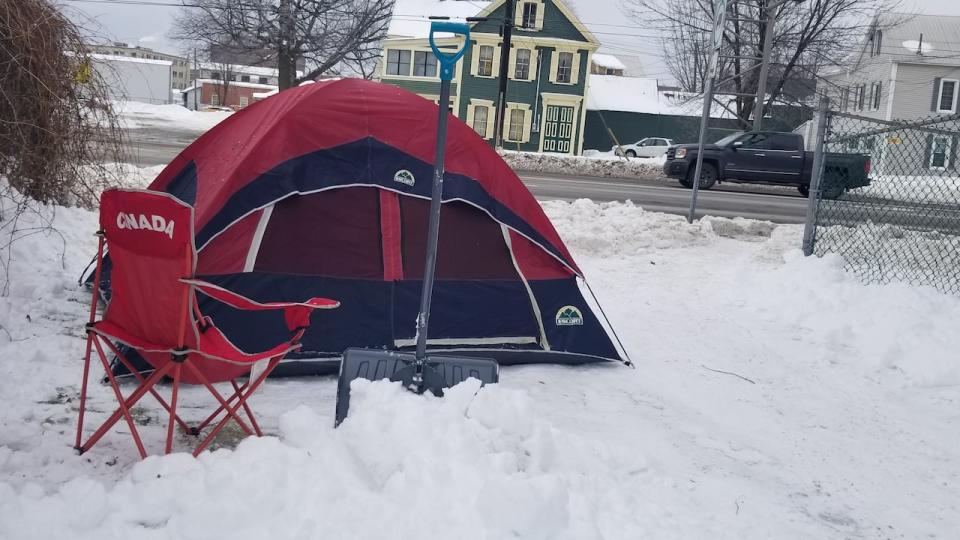
The By Names List will show how long a person has been homeless, if they’re staying in shelters, a tent, or on friends’ couches, if they are older than 65, and if they suffer from addiction. (Shane Fowler/CBC)
The group meets weekly to match would-be tenants with available units. But Matthews said available units are hard to come by.
The usual non-profits that offer units — local churches, shelters, the John Howard Society — have no vacancies. That leaves one option, 12 Neighbours, the tiny home community on Fredericton's north side.
"They're the people that are building the housing right now," said Matthews, who would like to see more of it.
Maddox said 12 Neighbours isn't the right fit for everybody.
"You've got Marcel [LeBrun], building like crazy with 12 Neighbours, but there's going to be a limit as to how many people he can put in there before it gets too wild," Maddox said. "I'm more of a fan of spreading out into smaller projects [around town]."
How to choose who gets offered a housing unit
When housing does become available, Matthews said it can be difficult to decide who on the By Names List — which is sitting at more than 200 people in Fredericton — will be offered that coveted unit.
There are often disagreements around the table over how best to prioritize.
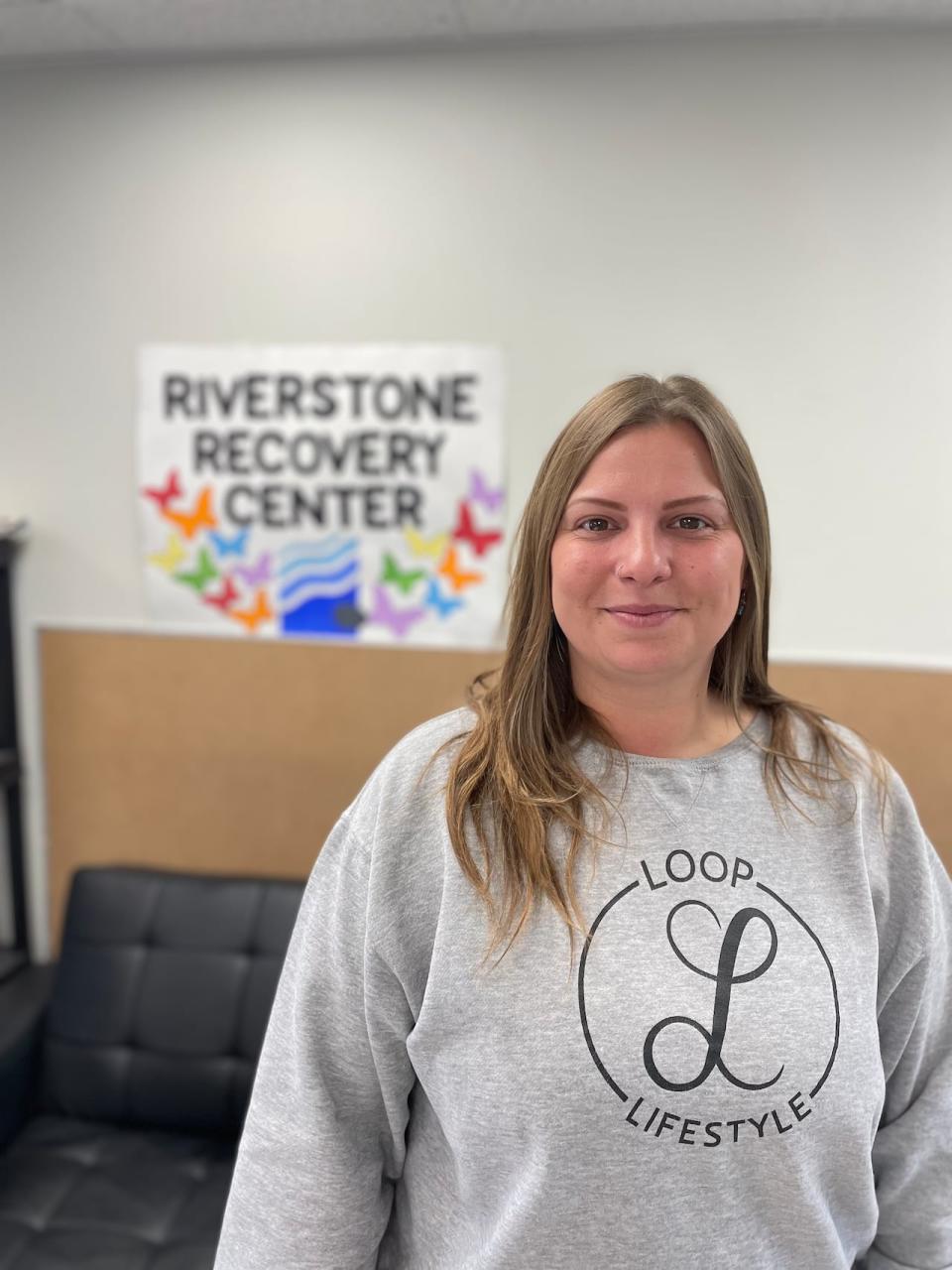
Willa Matthews, a case manager and housing co-ordinator at River Stone Recovery Centre who also sits on the By Names List group, says it is 'draining' having to pick and choose who gets housing. (Jeanne Armstrong/CBC)
Warren Maddox doesn't sit at the meetings, but he shared his philosophy.
"What makes sense to [the shelters] … is to deal with the low-hanging fruit," he said. "So the guys that are stabilized, that have dealt with all the issues, that are document-ready, that have revenue coming in, that are ready to go. It's going to be easier to keep them in housing than not."
But Matthews doesn't necessarily agree.
"This idea that one person is more deserving of housing than the other, just because of this, that and the other thing … it's ludicrous to me. I can't wrap my head around that. Because once you're in a house, those things come with that. It's easier to do that and maybe work on yourself a bit more, because, 'Hey, I get to go home and I get to have a bed to sleep in,' right?" Matthews said.
She said it's "draining" to have to pick and choose who gets housing. And she blames decision-makers for putting her and her colleagues in an impossible situation.
"It really comes down to the lack of adequate housing. The Housing First model has been around since the 1980s. We're in 2023. It's been 43 years. We should not be where we are right now regarding Housing First."
More funding, less red tape
The federal and provincial governments provide the lion's share of funding and set policy when it comes to affordable housing. But Maddox and Matthews said cities like Fredericton have an important role to play, too.
Maddox said the City of Fredericton could do more to remove red tape. He'd like to see the city waive development fees and property taxes for non-profits that operate affordable housing. He said often, properties need rezoning — but he said the process can be lengthy and cumbersome.
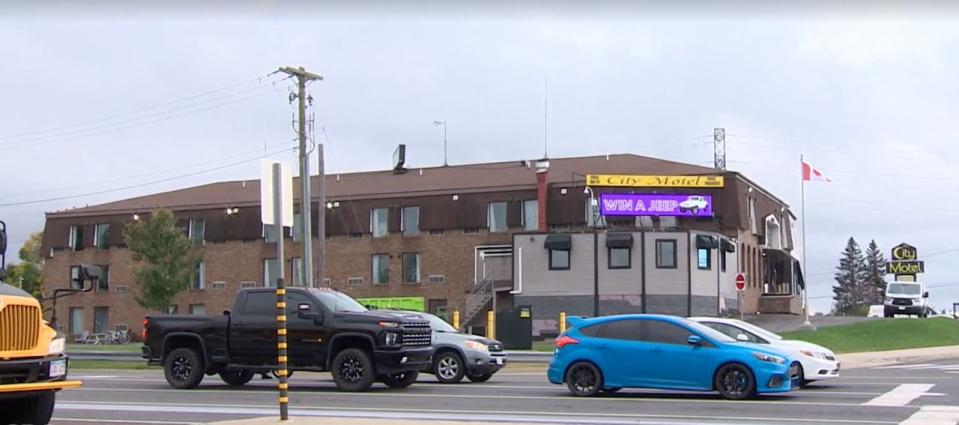
The City of Fredericton says it is making it easier to repurpose commercial buildings for housing. The Oak Centre, seen here, is located in the former City Motel at the corner of Regent and Prospect streets in Fredericton. (CBC)
Matthews said she feels the city has a responsibility to do more, because most of the people living rough are Frederictonians.
And she doesn't always agree with the city's priorities. She cites the city's new community safety officers program as one example.
"They're putting a lot of money into policing people, but they're not putting a lot of money into housing people.… What are you going to do besides just moving people along? Where are you moving them to?"
The City of Fredericton said the primary role for new community safety officers is to patrol the streets and trails, and look for vandalism and graffiti. They say they also "do encounter those living rough" during their daily patrols.
"They may share information about available programs and services to the homeless."
The city said it works with others on the housing front, "including community groups, developers, and the provincial and federal governments."
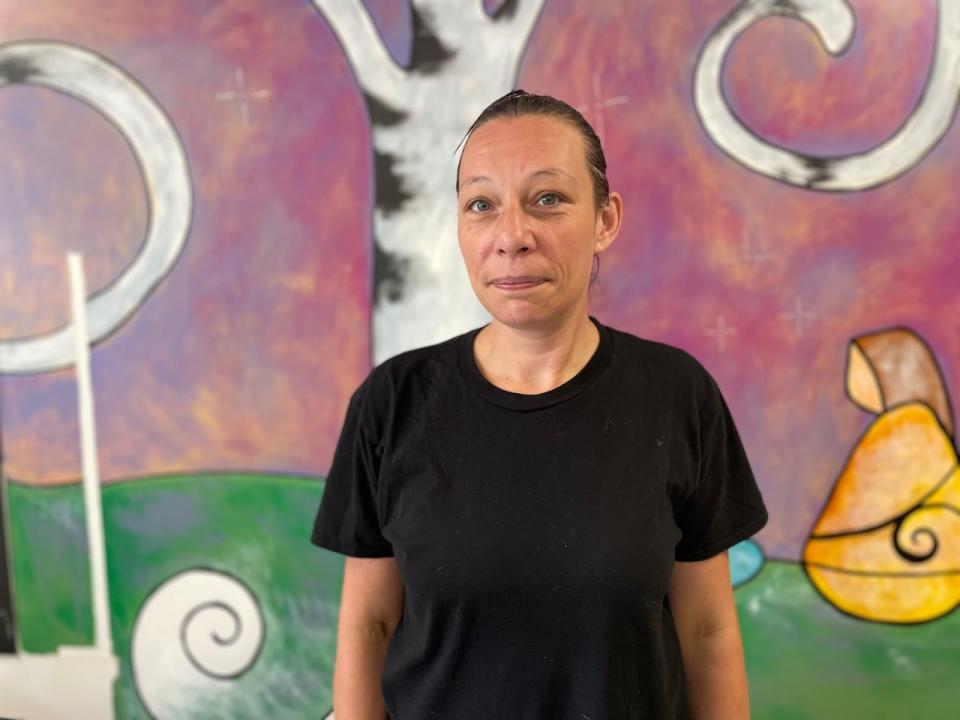
Deanna Hill is 38 and one name of more than 200 on the Fredericton By Names List. She’s been homeless — staying in a combination of shelters, tents and couch-surfing — for a year and a half. (Jeanne Armstrong/CBC)
Mayor Kate Rogers chairs the city's affordable housing committee. The city also say they've provided funding to the Oak Centre, and have provided land to various non-profits for affordable housing projects.
They say they're making it easier to repurpose commercial buildings for housing, have created incentives in bylaws for those building affordable housing, and have "explored options related to cooperative housing."
And the numbers offer some hope. Since the start of the year, 92 homeless people in Fredericton have been housed.
An anxious waiting game
Meanwhile, people like Deanna Hill are stuck waiting.
Hill is 38 and one name of more than 200 on the Fredericton By Names List. She's been homeless — staying in a combination of shelters, tents and couch-surfing — for a year and a half.
A couple of years ago, Hill experienced a family breakdown and fell into opioid addiction.
After becoming homeless, she stayed at a Fredericton shelter for a couple weeks, but lost her spot when she missed curfew. She was forced to stay in a tent.
She recalls a moment last year when police asked her and others in tents to pack up and leave.
"You choose to live in tents," Hill remembers an officer saying. "You don't have to live here, you chose this."
The officer was wrong, Hill said. "We don't choose this. This is the last resort."
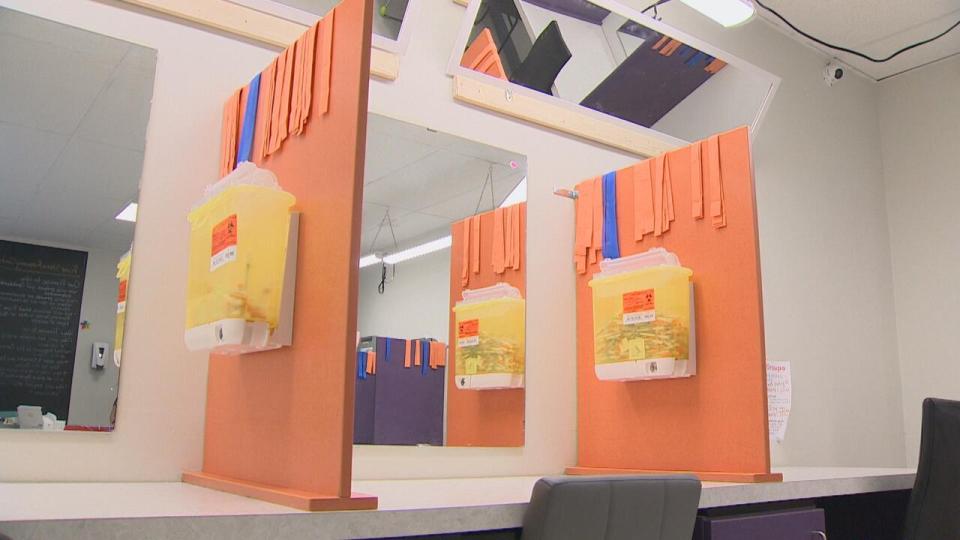
Hill is a patient at the River Stone Recovery Centre in the injectable opioid agonist treatment program, which allows participants with treatment-resistant opioid use disorder to get an individualized liquid hydromorphone prescription that can be taken up to three times each day by self-injection in the clinic. (Jonathan Collicott/CBC)
Hill's name is also on the N.B. Housing list, which has estimated 11,000 households on it.
Hill said she's come a long way in the past year and a half. She's a patient at River Stone, in the injectable opioid agonist treatment program. She said thanks to the program, she's decreased her use of opiates and no longer uses street drugs.
But having a place to call home would transform her life.
It would help her kick drugs for good. She would have a place for her three kids to come visit. She would also be able to work.
She said while staying in tents, she briefly worked for a cleaning company, but it was nearly impossible.
"Not being able to have a place to shower every day. Not being able to actually lay down and have a good night sleep and be rested. Going to work with bags under your eyes. You don't want to do that."
Hill is hoping she'll get the phone call soon for housing.
"The only thing that is keeping me going is — I know once, I had everything. I had my home, I had my kids, I had it all. I know what it's like to have it all. And I know I will get back there sometime.… Someday, I'll be OK again."


